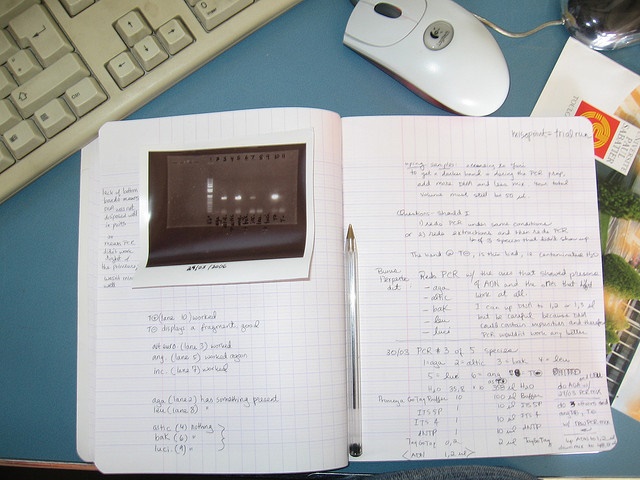You have a new plasmid, now what do you do? You are excited to go further with your project. But before you can move on, you have to confirm the presence of your insert as well as the sequence and orientation of the insert.
Is the insert the right size?
Most people use restriction enzymes as a first screen to check a plasmid. Choose restriction enzymes that are present in the insert as well the vector. Also, choose enzymes that flank the insert without cutting inside it. The first restriction digest confirms that there is indeed an insert in your plasmid and can also determine the orientation of the insert (see below). The second digest confirms the size of the insert.
Is the insert going the right way?
Do you need to check if the insert is present in the correct orientation? (e.g. when you are inserting the gene using a single restriction enzyme). For this, select a restriction enzyme in the insert towards one of the ends (covering approximately 1/3rd of insert) and another in the plasmid. When you perform a digest, you can distinguish the forward and reverse orientations by the size of bands. You can find an easy example here illustrating it with simple diagrams.
If you find any discrepancies in band sizes (even a small one), confirm by further digests with a different set of enzymes.
Is it really right?
Apart from restriction digest, another verification you can do (and is probably the best way to verify your plasmid) is to send the plasmid for sequencing. Sequencing is especially important when you clone a PCR-amplified product since there is a higher risk of introducing unwanted mutations into the insert due to the fidelity (some might say, infidelity) of the polymerase.
The most critical part of the sequencing of a plasmid is the correct design of primers. To get the most out of your sequencing results, follow these tips:
- The first forward primer should be at least 50-300 bases upstream of the insert to get readable sequence from the insert.
- One sequencing reaction gives you on average about 400-450 bp of readable sequence (increasing to 600-700 bases depending on where you send it for sequencing). Therefore, design a set of primers spaced about 450 nucleotides apart along the entire sequence of the insert. (For example if you have an insert size of 2900 bp, then you should design 6 forward primers and 6 reverse primers).
- Design both forward and reverse primers to be confident of your results.
- You can find further tips for getting good sequencing results here and for analysis of sequencing results here.
Finally, if the sequence perfectly aligns with your reference sequence then you are indeed a ‘Serial Cloner!’ (Pun intended) and worthy of the reward (Publications)!





